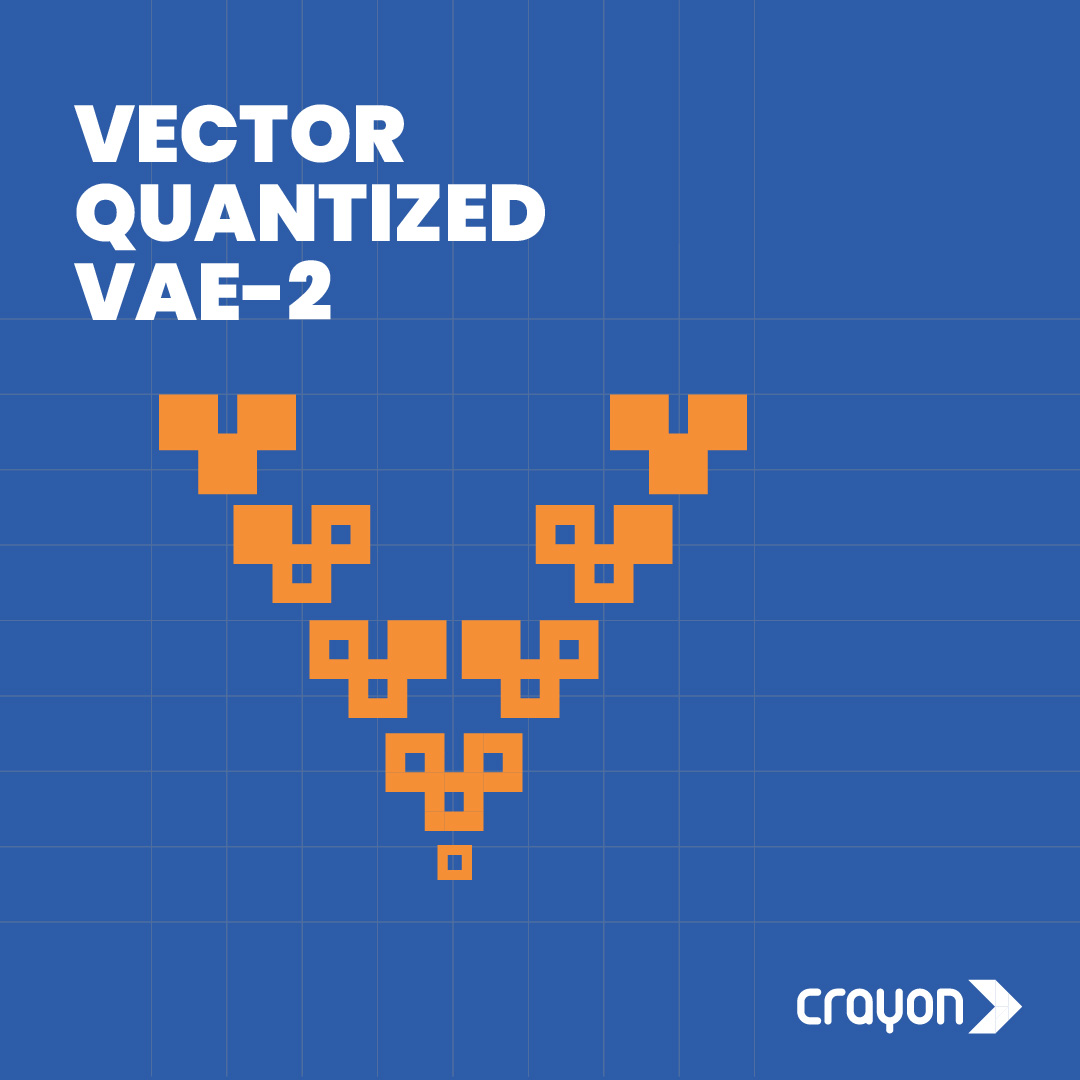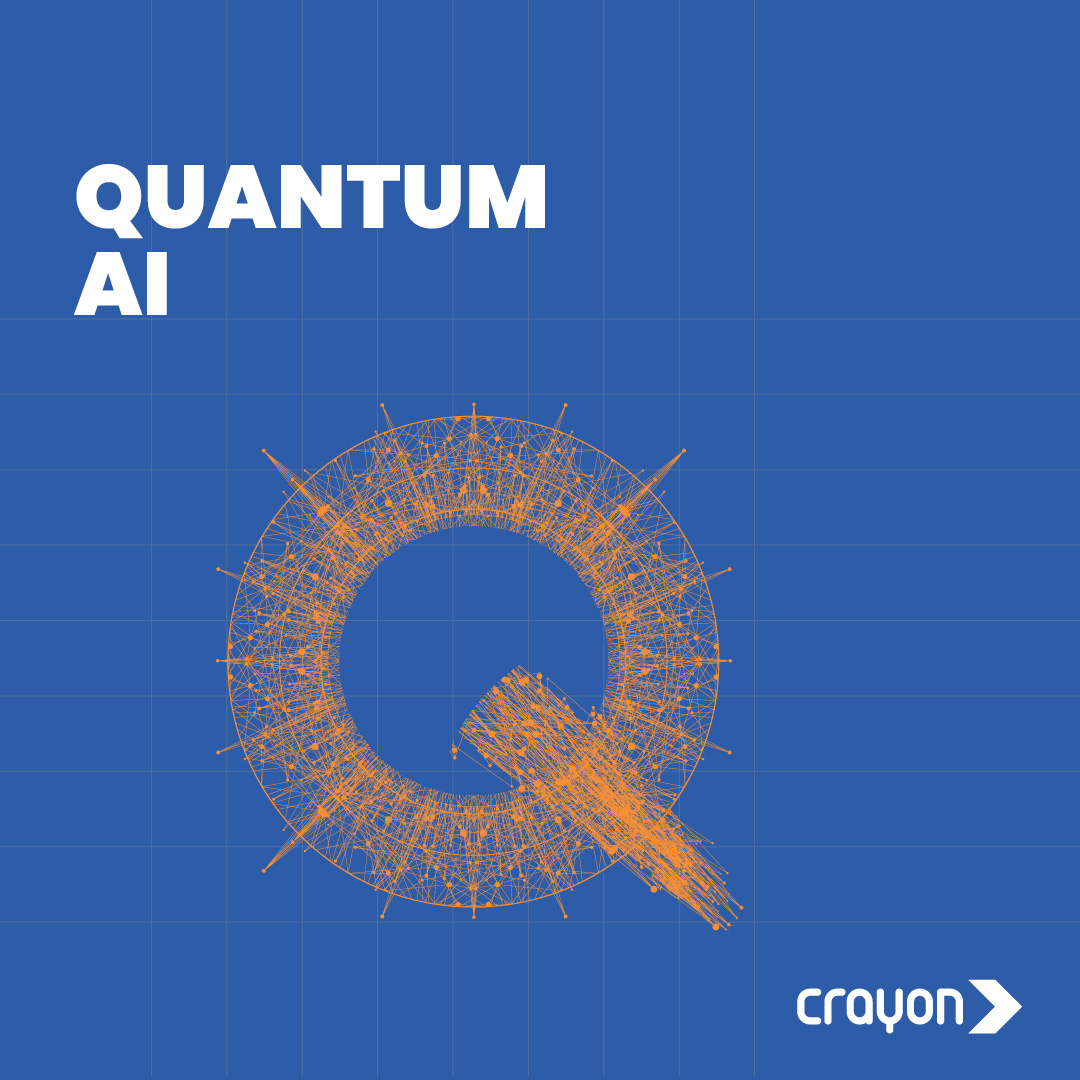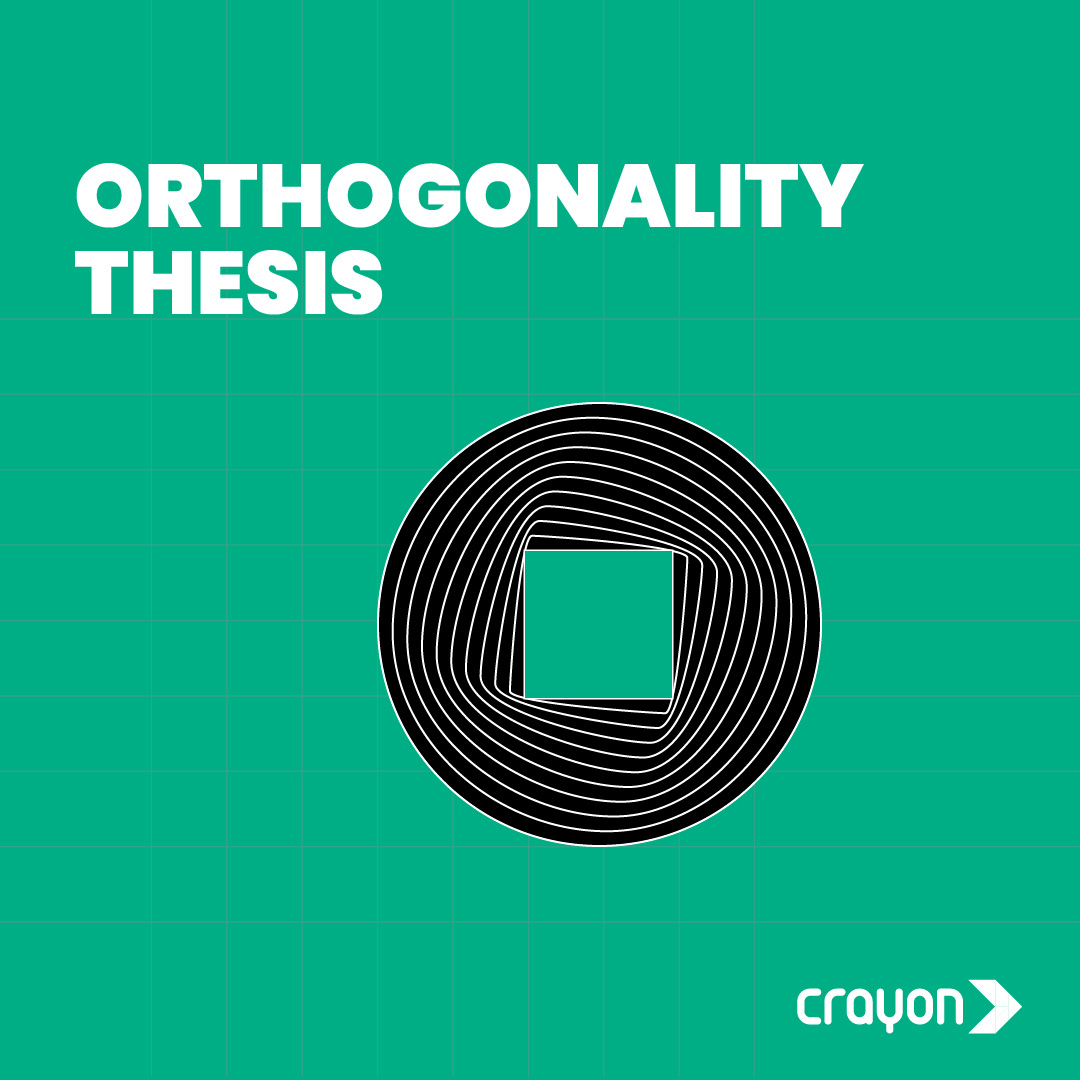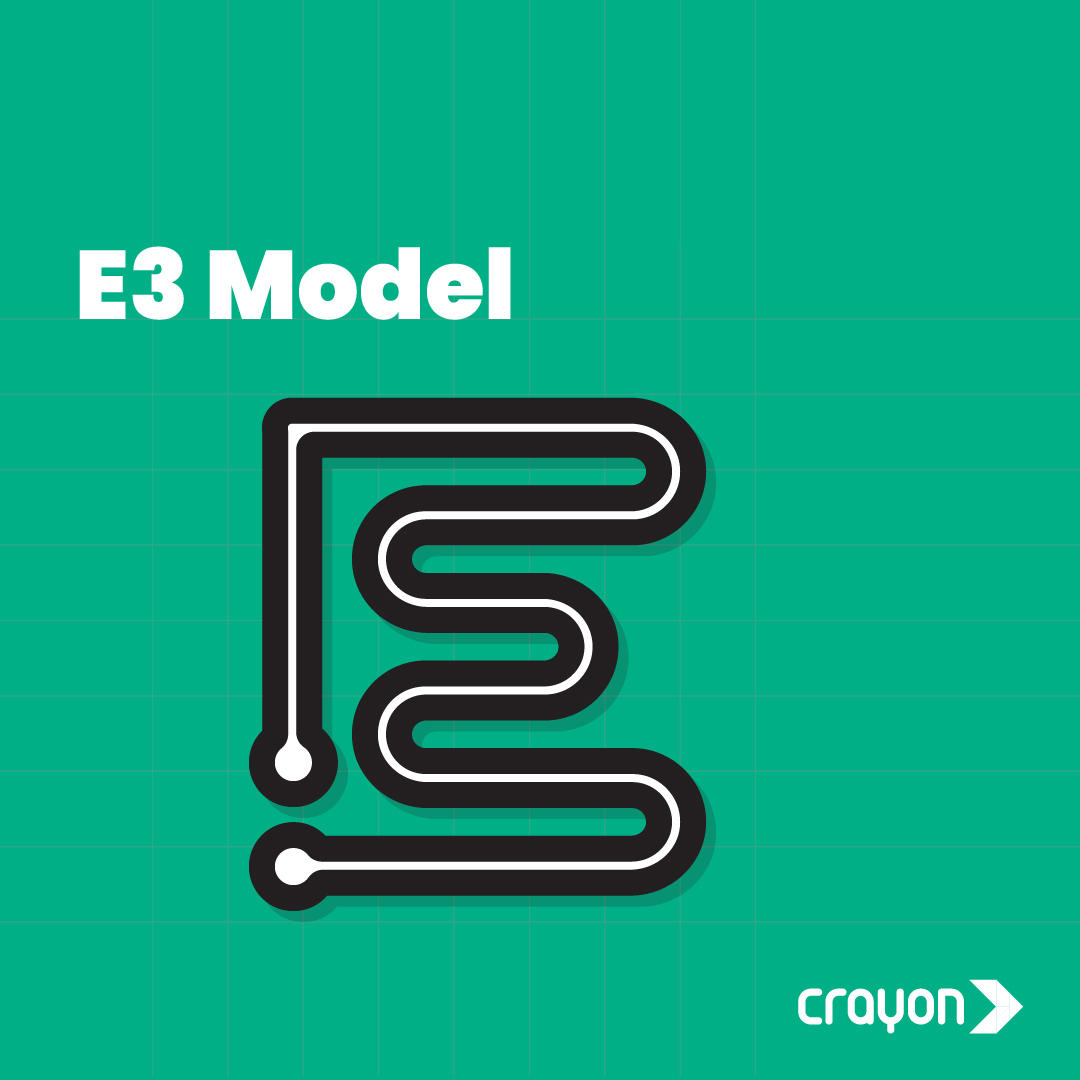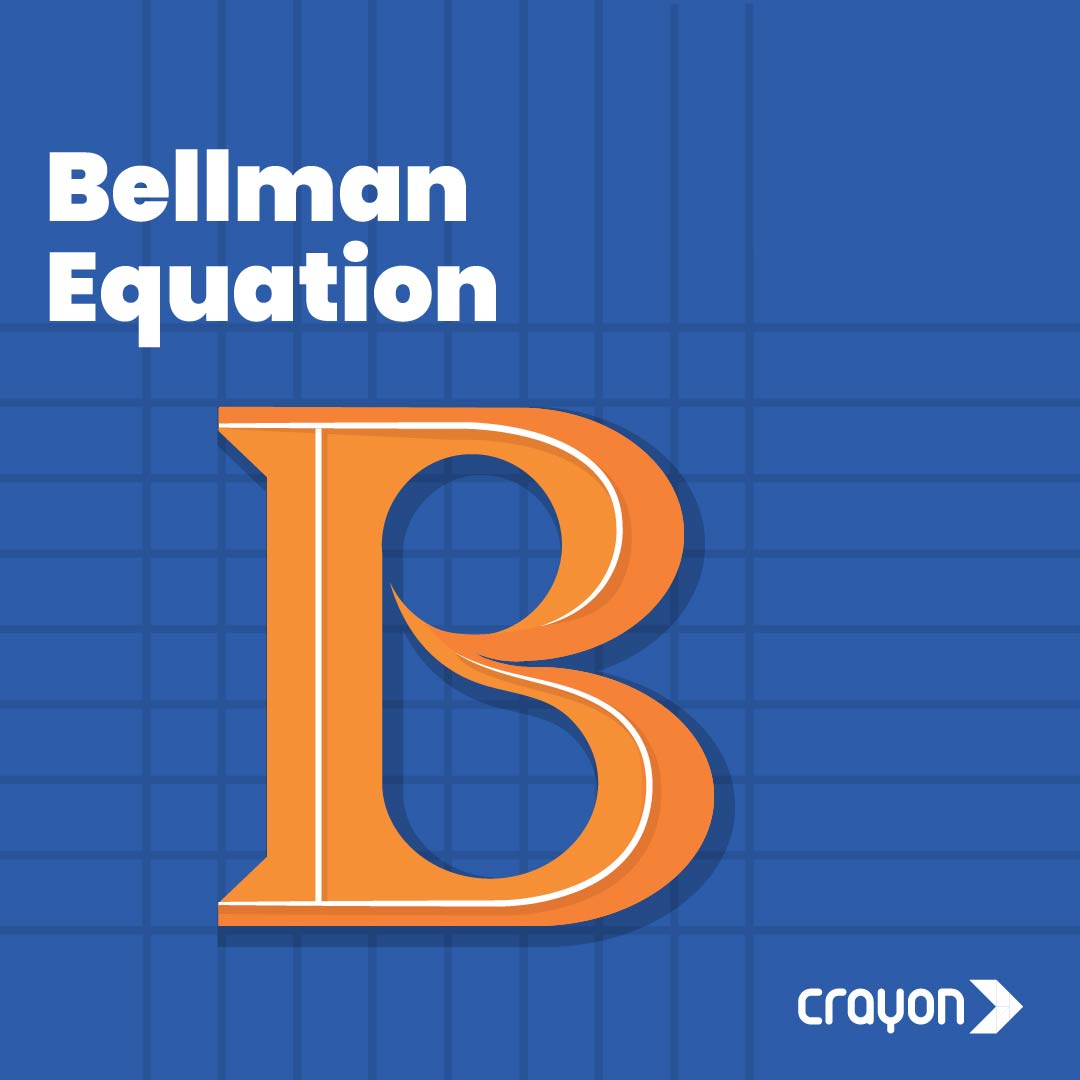Xception, short for “Extreme Inception,” is an advanced convolutional neural network (CNN) architecture designed to enhance the efficiency and effectiveness of deep learning models in the field of Artificial Intelligence (AI). Developed as an evolution of the Inception architecture, Xception introduces a novel concept known as Depthwise Separable Convolutions, which plays a pivotal role in its design and performance.

At its essence, Xception aims to improve the learning capabilities of AI models by redefining how convolutions are performed within a neural network. Convolutions are fundamental operations in neural networks responsible for extracting features from input data, such as images. Traditional convolutional layers typically involve a combination of spatial and channel-wise convolutions, where each filter processes both spatial information (like edges and textures) and channel-wise information (like colors or patterns) simultaneously.
Xception diverges from this convention by employing depthwise separable convolutions. In simpler terms, it decouples the spatial and channel-wise convolutions, performing them as separate steps. The depthwise separable convolution first applies a spatial convolution independently for each channel, followed by a 1×1 pointwise convolution that combines the information across channels. This separation of spatial and channel-wise operations significantly reduces the computational complexity, making Xception more computationally efficient compared to traditional convolutional architectures.
The benefits of Xception’s design become particularly evident in scenarios where resource constraints or computational efficiency are crucial considerations, such as in mobile and edge computing applications. By reducing the number of parameters and operations required for convolutions, Xception allows for faster and more efficient model training and inference without compromising performance.
Xception’s architecture also contributes to its ability to capture intricate patterns and hierarchical features in data. The depthwise separable convolutions enable the model to focus on spatial relationships and channel-wise interactions independently, enhancing its capacity to discern complex patterns within the input data.
In practical terms, Xception finds applications in various computer vision tasks, such as image classification, object detection, and segmentation. Its efficiency makes it particularly suitable for real-time applications, where quick and accurate decision-making is essential. For example, in autonomous vehicles, Xception-powered models can efficiently analyze visual input from cameras to recognize and respond to different objects and scenarios on the road.
Additionally, Xception is valuable in healthcare imaging tasks, where the model can be trained to identify subtle patterns or anomalies in medical images, aiding in diagnostics and treatment planning.
In summary, Xception represents a notable advancement in the field of AI by introducing depthwise separable convolutions, a concept that enhances computational efficiency without compromising performance. Its applications range from mobile and edge computing to computer vision tasks, making it a versatile and powerful tool for various AI applications, particularly in scenarios where resource constraints and real-time processing are critical considerations.



